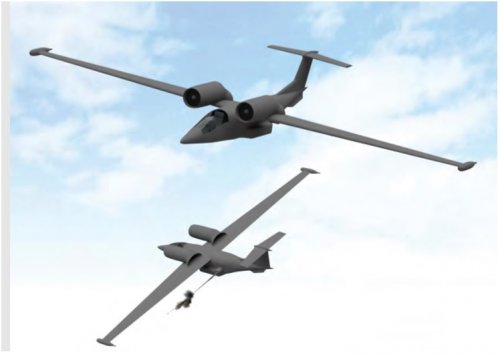jsport said:
A Light & Heavy Attack Craft if we had a decent procurement culture.
what conceptual design is that? i don't think i've ever seen it. Seems like the product of an individual and not a company.
>> I imagine with USB, you could manage a much smaller wing. Which would definitely help ride quality down low, service life, lower drag, higher speed, etc
Err...ride quality is indeed affected by wing area (or more precisely wingloading), but also by lift curve slope (CLalpha). Wings with high aspect ratio have steep CLalpha, which is why terrain following aircraft the likes of a Tornado, TSR.2, and F-111 have lots of wing sweep and high wingloading.
Using the A-10 and Frogfoot as the yardstick for a reasonable compromise between low-speed agility and wing weight, that wing likely has more aspect ratio than necessary. I could see something like that as a medium altitude lotering platform though.




